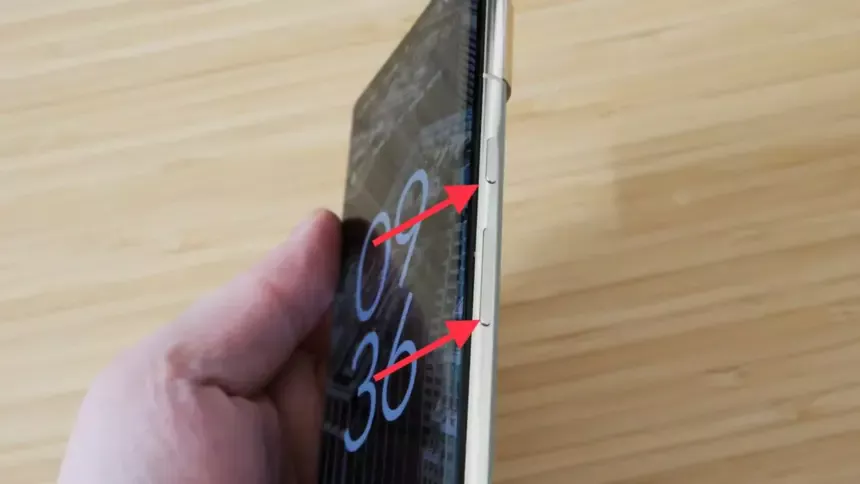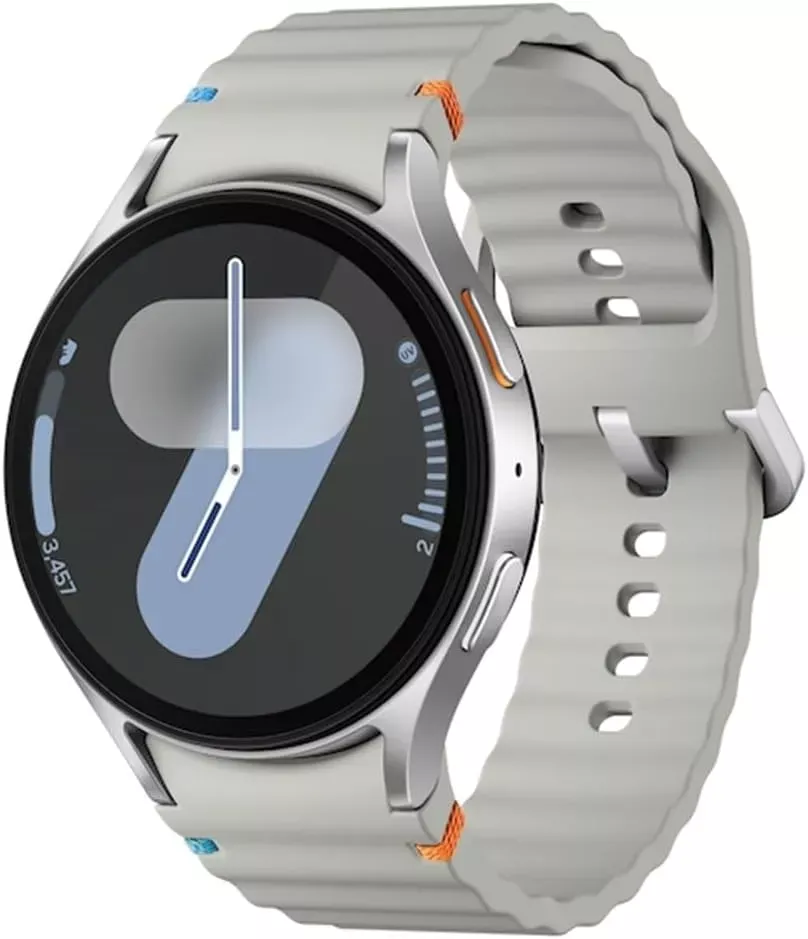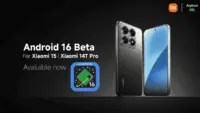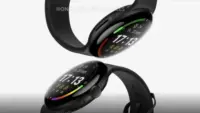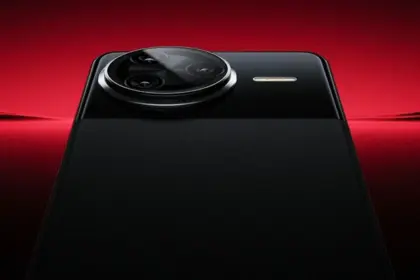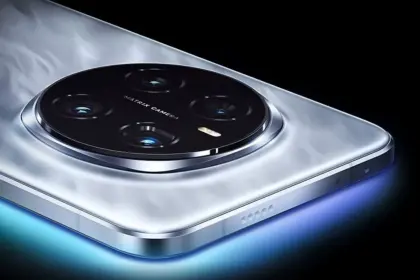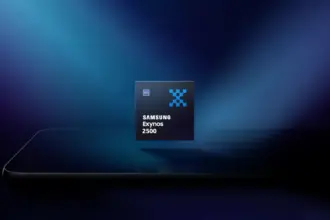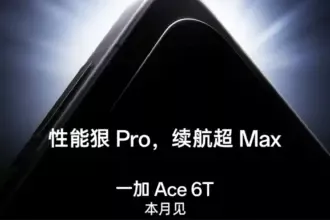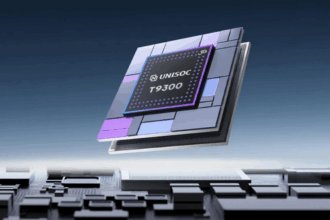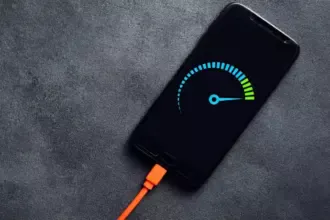Screenshots are quite useful. Most Android users save receipts, share humorous memes, and capture bugs to report on a daily basis. However, not all Android phones employ the same approach for taking screenshots.
In this guide, you will learn how to take a screenshot on any Android device, including Samsung, Google Pixel, Xiaomi, OnePlus, and others. We will also show you how to take screenshots without using physical buttons, which are sometimes damaged or inconvenient.
✅ Common Methods to Take a Screenshot on Android
📱 1. The Universal Button Combo: Power + Volume Down
This method works on 99% of Android devices:
- Press and hold the Power button and Volume Down at the same time
- Hold for about 1 second until the screen flashes or you hear a shutter sound
- A preview of the screenshot will appear with options to Edit, Share, or Delete
📝 Works on: Samsung, Pixel, OnePlus, Xiaomi, Motorola, Realme, and most others.
📸 Recommended image here: A screenshot showing fingers pressing Power + Volume Down on a phone.
📲 Brand-Specific Methods (With Enhancements)
📱 Samsung Galaxy Devices
Samsung offers multiple screenshot options beyond the button combo:
✋ Palm Swipe Gesture
- Go to Settings > Advanced Features > Motions and Gestures
- Toggle on Palm swipe to capture
- Swipe your palm horizontally across the screen (left to right or vice versa)
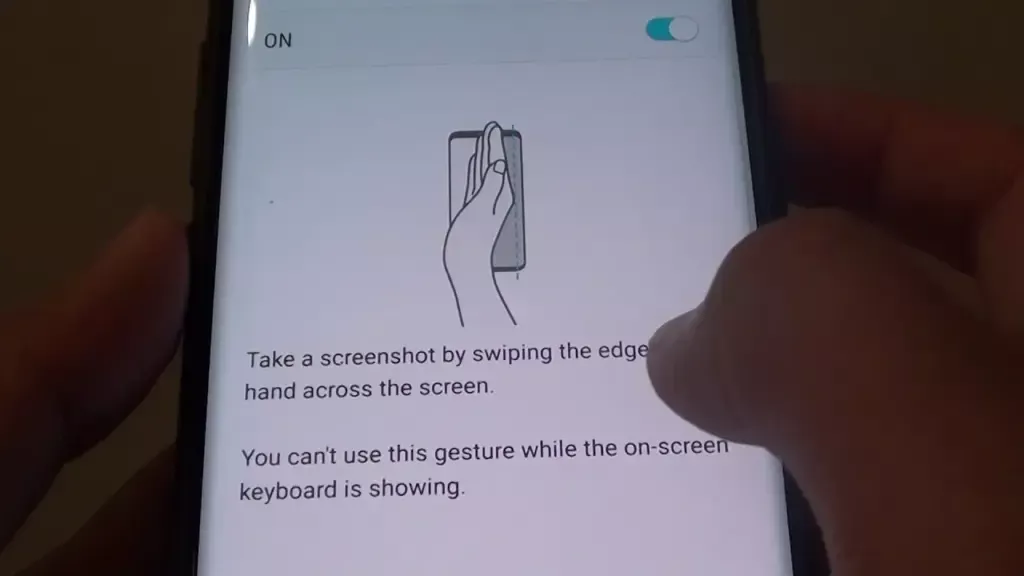
✨ Smart Capture (Scroll Capture)
- After taking a screenshot, tap the scroll icon in the preview to capture an entire page (e.g., a long webpage)
🧠 Tip: Scroll Capture is perfect for saving full chats, articles, or receipts.
📷 Google Pixel Devices
Google Pixel sticks to simplicity:
- Power + Volume Down is the main method
- On Android 13+, when you open the Recent Apps view, there’s a Screenshot button under each app window
🔒 Screenshots are disabled for secure apps like banking apps or Netflix (for DRM protection)

⚙️ Xiaomi, Redmi, and POCO (MIUI)
Xiaomi devices give you gesture and quick-access methods:
- Power + Volume Down (standard)
- Swipe three fingers downward on the screen for a quick snap
- Use the Quick Ball feature:
- Enable via Settings > Additional Settings > Quick Ball
- Tap it, and choose Screenshot from the floating menu
🔴 OnePlus (OxygenOS)
- Power + Volume Down
- Three-finger swipe down also works (enable in Settings > Buttons & Gestures)
- Long screenshot (scrolling) is available on preview pop-up
🧑💻 How to Take a Screenshot Without Buttons
If your power or volume buttons are broken, don’t worry—you can still capture the screen using these workarounds:
🧠 1. Use Google Assistant or Voice Command
Just say:
“Hey Google, take a screenshot.”
The Assistant will snap the screen and save it to your gallery.
🔒 Note: Google Assistant cannot take screenshots in some secure apps or during voice calls.
🧮 2. Enable On-Screen Screenshot Shortcut
Some phones let you add a screenshot shortcut to the navigation bar or status shade:
- Samsung: Add “Screenshot” to the Edge Panel or Quick Settings
- Xiaomi: Enable Quick Ball or Button Shortcuts
- OnePlus: Add Screenshot to the Navigation gestures
♿ 3. Use Accessibility Menu (for all Android phones)
If you’re on Android 9 or later:
- Go to Settings > Accessibility > Accessibility Menu
- Enable it
- You’ll see a little person icon at the bottom right
- Tap it > Tap Screenshot
This is a great method for users with limited mobility or hardware button issues.
💡 4. Use Third-Party Apps (Optional)
If built-in methods don’t work for you, apps like:
- Screenshot Easy
- Screen Master
- Assistive Touch for Android
…can provide floating buttons, auto scroll, and editing tools. But these aren’t always needed if your Android version is recent.
🖼️ Where Are Screenshots Saved?
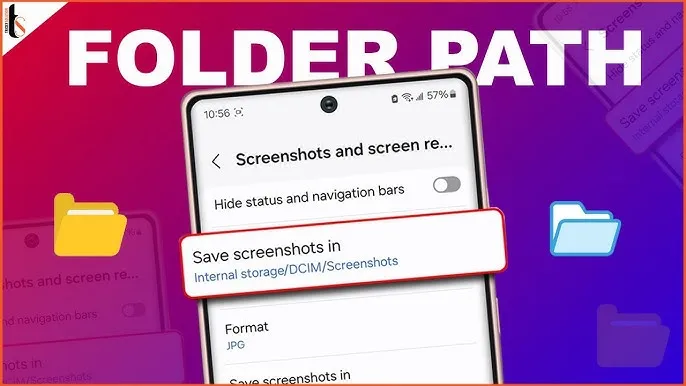
After taking a screenshot, your phone automatically saves it in a specific folder based on the manufacturer, Android version, and any file management settings.
Here’s how to find them on most Android phones.
DCIM > Screenshots
This is the most common location for screenshots. “DCIM” stands for Digital Camera Images, and it’s where the system stores photos taken with your camera and screenshots.
Pictures > Screenshots
On some devices or third-party camera apps, screenshots go here instead of DCIM. This is especially true for older Android versions or modified versions like MIUI (Xiaomi) or ColorOS (OPPO/Realme).
🧭 To manually browse:
Navigate to DCIM > Screenshots or Pictures > Screenshots
Open your File Manager or My Files app
Tap Internal Storage
You can also find them in the Google Photos app under the “Screenshots” section.
✂️ How to Edit or Share a Screenshot Instantly
After taking a screenshot:
- Tap the preview popup before it disappears
- You can:
- Crop or annotate the image
- Share via WhatsApp, Gmail, social media
- Delete if it was a mistake
Some phones even allow adding text, shapes, or blur effects directly in the screenshot editor.
🧼 Screenshot Tips & Tricks
✔️ Tip 1: Use Scroll Capture for Long Pages
Don’t take 5 screenshots for a single chat—use the scrolling option instead.
✔️ Tip 2: Organize Your Screenshots
Create folders like Receipts, Meme folder, Work notes in your file manager.
✔️ Tip 3: Don’t Rely on Screenshots for Sensitive Info
Avoid screenshotting 2FA codes, passwords, or anything too personal. Use a secure note app instead.
🔚 Wrapping Up
Taking a screenshot on Android is easier than ever, with different options based on your phone and preferences. Whether you like buttons, gestures, or voice commands, Android has a technique for you.
Now that you know how to screenshot on any Android phone, try each approach and discover which one works best for you. Also, remember to wipe up old screenshots every now and then – those memes add up quickly!

